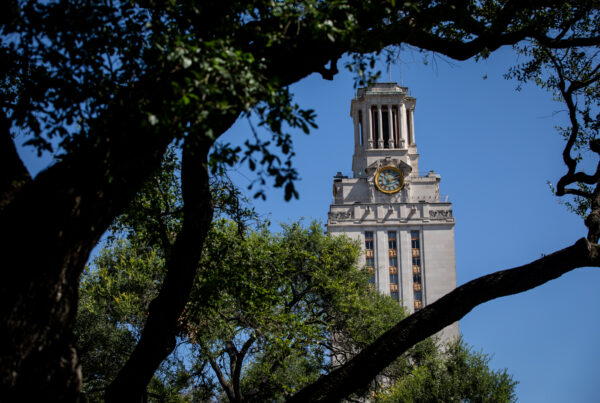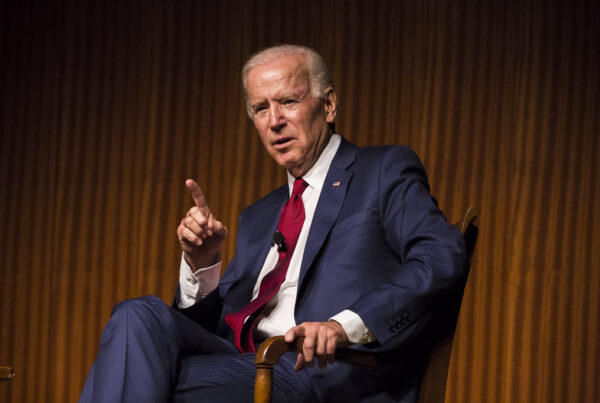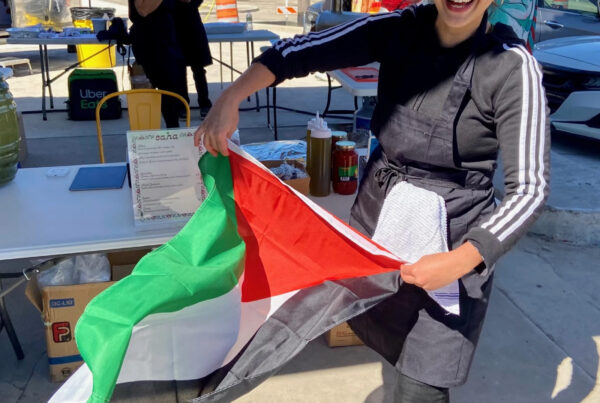From KERA News:
Under state law, almost all alleged abusers are supposed to give up their weapons when they’re subject to a domestic violence protective order. Licensed peace officers in Texas are the only exception.
But that doesn’t always happen. Most counties in Texas don’t have a system in place to make sure those weapons are taken away and securely stored.
Mikisha Hooper is the coordinated community response manager for the Texas Council on Family Violence. She said the lack of a clear process creates confusion — and it can be fatal.
Hooper said it’s dangerous to leave guns in the hands of people who are a threat to their partners. She said that’s why Texas is seeing an increase in domestic violence homicides. She said firearms are the leading cause of death for intimate partner homicides in Texas, and they’re going up.
But even if an abuse victim has obtained a protective order — and the abuser is required to hand over his weapons — that often doesn’t happen.
“Who do you go to in your community?” Hooper said. “Who follows up with you to make sure you don’t have [a firearm]? Those kind of pieces to the puzzle aren’t put together in very many communities in Texas.”
Several Texas legislators have filed bills to take firearms out of the hands of domestic abusers who have a protective order against them. Texas House Rep. Ron Reynolds (D-Missouri City) wrote a bill that would require county commissioners’ courts to collect the firearms and store them at the county sheriff’s office until they can be returned. The bill also creates penalties for not complying with the surrender procedures.
“This is another way to close some of these loopholes to keep guns in the hands of people that shouldn’t have them,” Reynolds said.
Other legislators have filed similar bills, including Rep. Vikki Goodwin (D-Austin). Her bill would have the Office of Court Administration draft a procedure. Rep. Ana-Maria Ramos (D-Dallas) filed a bill that would require anyone banned from having a firearm because of a protective order to sell their weapon to a licensed firearms dealer or surrender it to law enforcement.
Goodwin said she was inspired to file legislation after a 21-year-old woman in her district was shot and killed by a man who had previously threatened her with a gun.
“Somewhere along the way, the ball was dropped,” Goodwin said.
The 5th U.S. Circuit Court of Appeals has approached the issue from a very different direction. It recently ruled that the Second Amendment allows people accused of domestic violence and named in protective orders to keep their firearms. And that could make things complicated for Goodwin’s bill.
But she said she expects that case will end up in front of the Supreme Court. She said the ruling wasn’t accurate.
There are a few district courts that already have a firearm transfer protocol. Harris County’s is called the Safe Surrender program. It started in 2019. Oscar Cisneros, a sheriff’s deputy, collects the guns, stores them at the Sheriff’s Office. He also returns the firearms if the weapon the county medical examiner rules the firearm wasn’t involved in any crimes.
Cisneros said whenever a new judge is elected, they have to negotiate the program’s continuance.
“That’s something that we have to go through every single time,” Cisneros said.
The few existing firearm transfer programs in the state are often tied to a particular court or judge because there’s not an established state procedure. The Harris County program has survived, but that’s not always the case.
Roberto Cañas was on the bench from 2007 to 2018 in Dallas County. He spearheaded a firearm transfer program in his district court that focused on domestic violence.
Cañas’ program started in 2014 and had plans to expand it, but he lost his re-election bid in 2018. He said the county does still follow the program’s procedures, but things have slowed down.
“The program was very dependent on my keeping it up,” Cañas said. “And so when I left, obviously, it diminished.”
Cañas said there’s a perception that firearm transfer programs aren’t sustainable because of logistical hurdles. But he said the cost of his program was minimal because they ended up collecting far fewer guns than expected — a total of less than 200 guns in four years. Cañas said they’d originally projected they’d collect around 3,000.
Hooper said one explanation for that is domestic violence is underreported.
“A lot of people experiencing domestic violence don’t feel comfortable [reporting], or they don’t know that they can engage law enforcement, or they aren’t sure that they’ll be believed,” she said.
But Hooper said any attempt to remove firearms from the hands of domestic abusers still makes a difference.
Reynolds agrees — he said the percentage or number of lives saved isn’t what’s most important.
“A life saved is priceless,” Reynolds said.













